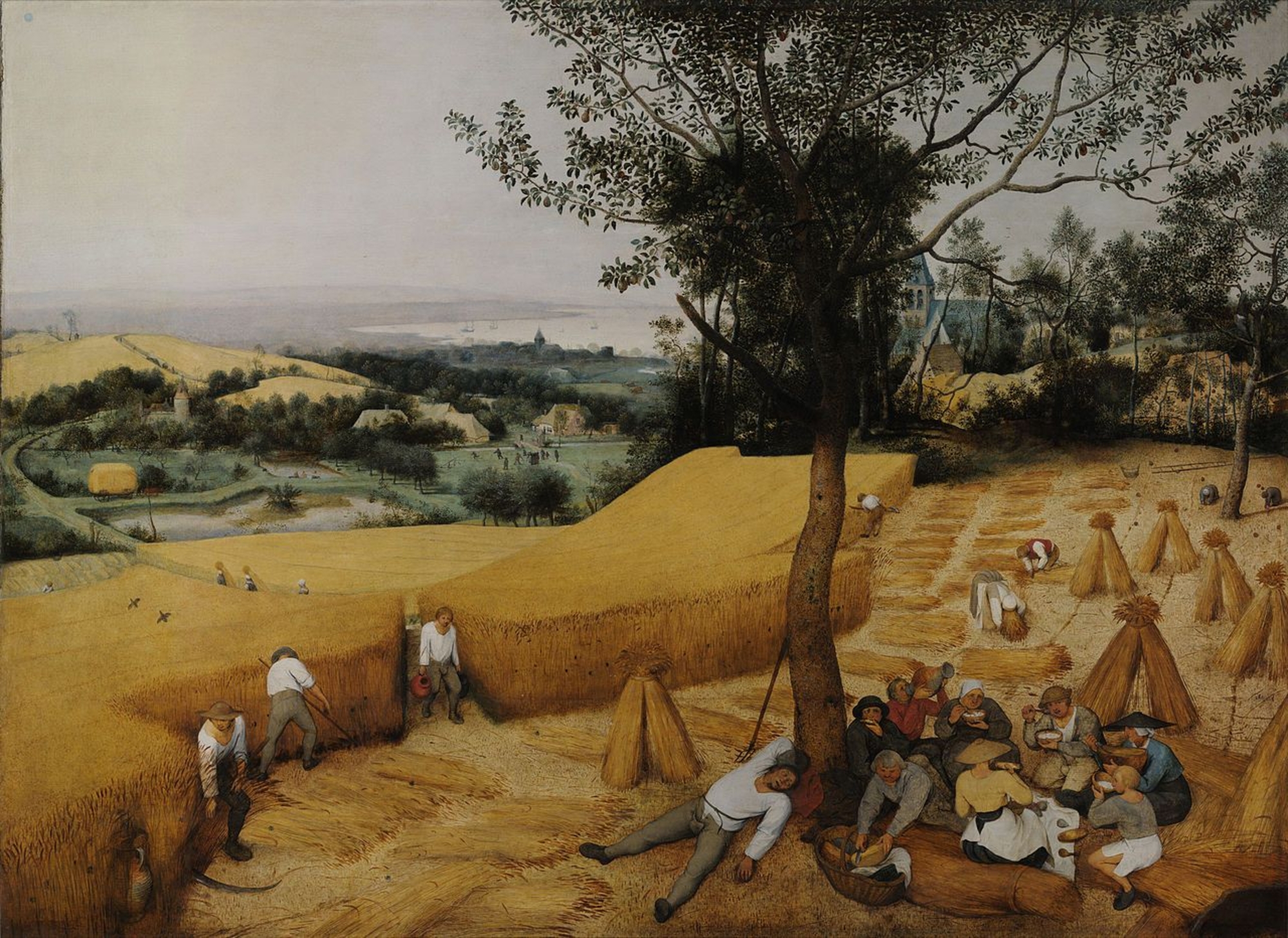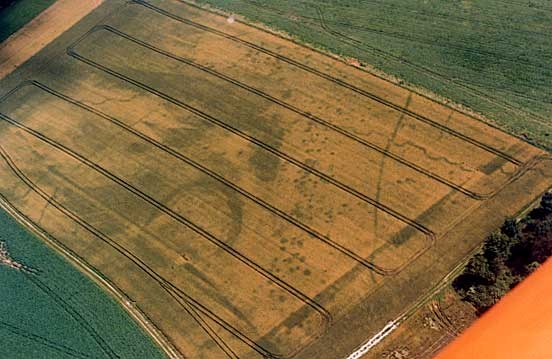- Home
- Discoveries
- The first metalworkers
- Habitations difficult to see from the air
The many large-scale excavations that have been carried out in recent years have given us a better understanding of the different types of habitation. Certain large, roughly oval-shaped enclosures, which reveal traces of postholes and interior ditches, may have been part of early and middle Bronze Age agricultural domains.
The best example of this is the beautiful set of structures discovered at Étaples (Pas-de-Calais), which include a funerary monument and two moated enclosures, one of which is a "ring fort". Other unexcavated structure groups, mostly located on the coastal side, may belong to this type of implantation, like the one at Bertangles (Somme).
Two little round buildings, attributed to the Middle Bronze Age were found at Roeux (Pas-de-Calais). All of these structures are similar to those that are already known, especially those in England and Benelux, but also, quite recently, in Lower Normany.
In the Late Bronze Age, raised camps are well represented in northern France, such as at Catenoy and Vieux-Moulin (Oise). Several agricultural groupings, often level with the ground, are found here and there among the valleys. There is one single case at Choisy-au-Bac (Oise), where the villages were sealed in flood silt and were reconstructed in successive layers between the Late Bronze and the Early Iron Age. Nevertheless, the site occupies a strategic position at the confluence of the Aisne and the Oise rivers.
Large moated enclosure belonging to a rural Bronze Age settlement, like the one excavated at Étaples. Bertangles (Somme).
On bare ground, circular moated enclosures, and another, more irregular one, are visible. Folleville (Somme).


